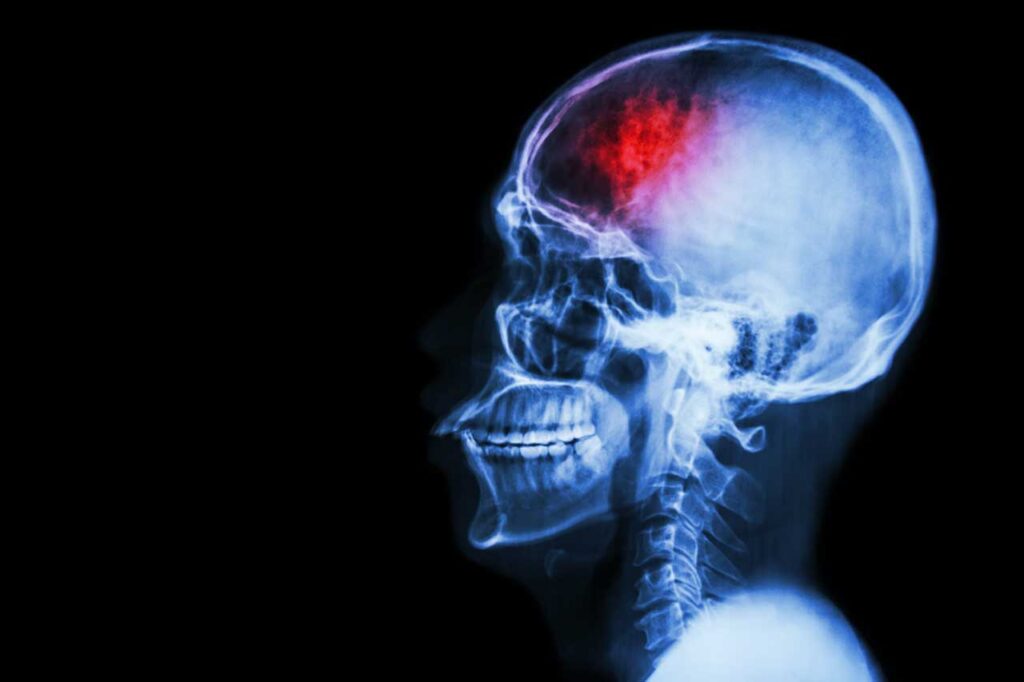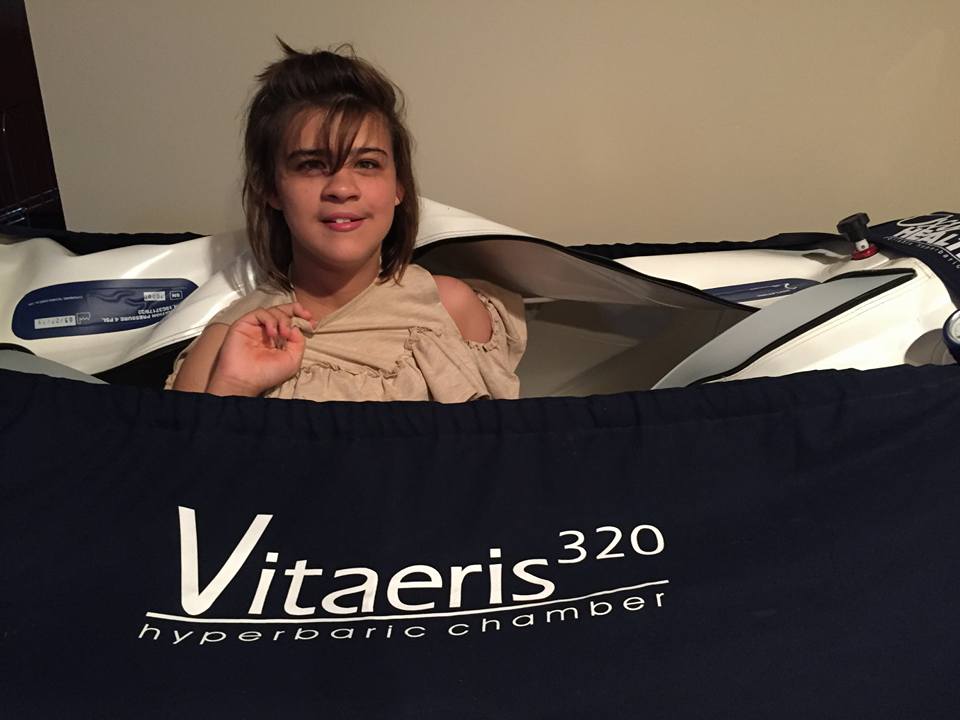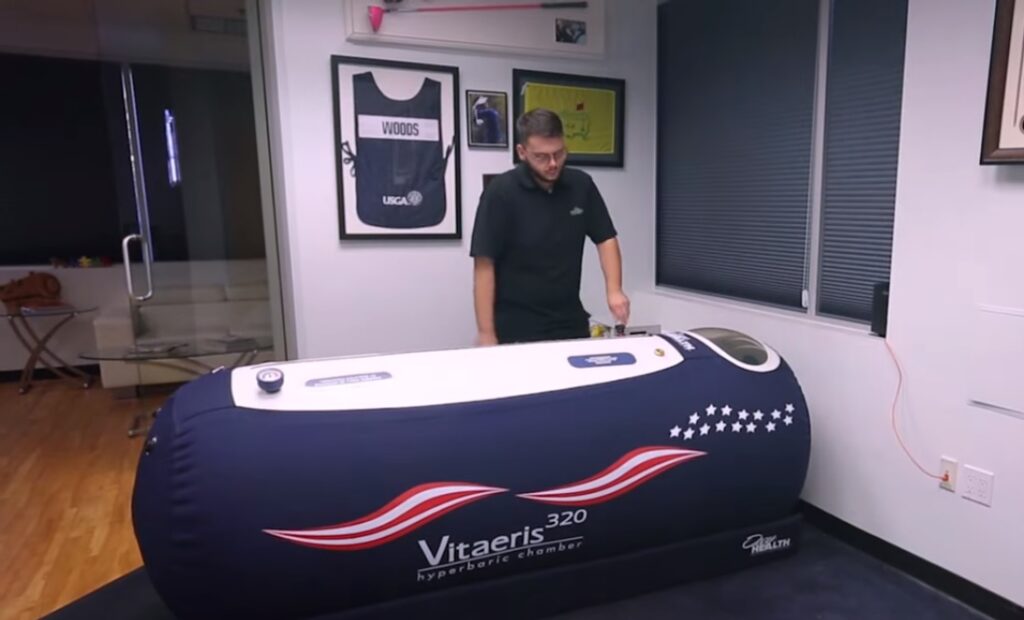The medical field has long witnessed environmental factors like hypoxia holding a cue towards pathogenesis for a condition like Alzheimer’s Disease (AD).
As such, alternative approaches like HBOT therapy which is known to better oxygen supply across tissues, thus ameliorating hypoxic conditions within the brain, are now being considered for amnestic mild cognitive impairment (AMCI).
A recent study conducted by Tel Aviv University concluded having witnessed increased memory capacity, information processing capabilities, and attention retaining power in patients diagnosed with Alzheimer’s as well as dementia when subjected to HBOT.
Reportedly, the study is the first of its kind for any non-drug therapy to have depicted efficacy in obstructing inherent biological reasons leading to the development of Alzheimer’s.
In this post, we take a closer look at the findings of the study and how it is fast opening newer frontiers of research to fight cognitive decline.
Why TAU Researchers Choose HBOT Therapy For Alzheimer’s
The research study in the discussion was led by some of the brightest faculties of Life Sciences and Medicine and essentially members of Sagol School of Neuroscience at TAU and further associated with Shamir Medical Center. The team comprised Dr. Ronit Shapira, Professor Shai Efrati, Dr. Pablo Blinder, Professor Uri Ashery, and Dr. Amir Hadanny.
The findings of the study were subsequently published in “Aging,” a journal known for its scholarly write-ups with engaging interpretations, often challenging existing theories and empirical work. When asked about their choice of HBOT therapy as the subject of their research for improving cognitive function in AD patients, Professor Ashery emphasized HBOT therapy and how it has already been in use for decades.
Originally, HBOT therapy was restricted to helping deep-sea divers combat decompression sickness by administering them with 100 percent pure, unadulterated oxygen. Usually, the individual would enter the hyperbaric chamber where the aim was to increase oxygen solubility in blood by no less than a factor of ten.
Professor Ashery also pointed out how HBOT therapy has been thoroughly successful in helping COVID-affected patients recover faster, especially in cases where the Spo2 or the blood oxygenation level was below 92 percent, thus causing trouble. With HBOT therapy, the blood oxygenation level in several COVID patients was elevated to 95-98 percent (the normal range).
Furthermore, this alternate form of treatment has also shown great potential to treat wounds that won’t heal otherwise, for instance, diabetic ulcers. In other recent studies, hyperbaric oxygen treatment has also made its way to address brain disorders, helping people affected by massive strokes even after several years. Thus, HBOT was predominately the center of the research study to reverse the odds of Alzheimer’s and thereby improve cognitive abilities.
From Animal To Human Model Studies
Primarily, the research study in its first stage was carried out using an animal model (mice). In due course of the examinations, it was concluded that affected brain tissues following a therapeutic protocol can undergo a marked improvement in terms of vascular function. Alongside, the creation of new blood vessels was also noted, which prevented new amyloid plaques from depositing on the brain cells besides removing the existing ones.
Notably, it’s the formation of amyloid proteins (non-soluble) within the brain cells that are believed to have a strong connection with degenerative conditions like Alzheimer’s. Such outcomes, according to the researchers, offered an increased ability towards learning the potential of HBOT therapy and how it could prevent episodes of vascular constrictions.
Moving on to the second stage of the study-a clinician model comprising patients with reportedly decreased cognitive abilities were essentially individuals who were yet to be diagnosed with Alzheimer’s. The patients were administered HBOT for no less than sixty sessions, one each day, for three months, and anywhere between one to one and a half hours. Reportedly, no less than fifteen to sixteen percent improvement in memory was observed, and another six percent improvement in attention retention, along with a ten percent boost in blood flow within the affected areas of the brain.
Several other areas within the brain were also taken into consideration, particularly the ones that are responsible for working and short-term memory. Such memory tests were regulated via a computer program and helped investigate and gain insight into several types of memory and provide scores minus experimental biases.
Where Hope Is The Keyword For Future
The TAU study has certainly unlocked the pathway for treating critical cognitive cases, as observed with Alzeheimer’s. Reportedly, for people who have had a stroke already, HBOT therapy seems to be a potent way to uneven the odds. However, considering it’s a neurodegenerative condition, one must maintain the treatments to reap the full benefits or witness subsequent improvement.
Although the study is a work in progress model and something that researchers feel needs time to observe and monitor affected patients, the initial success with the mice model might have similar effects to shadow for human subjects.
Considering no other study has been able to assess the potential of HBOT therapy in treating Alzheimer’s for this long, the TAU researchers are hopeful that further stages will bear fruitful outcomes.
The viable form of treatments currently available for Alzeheimer’s is admittedly slow in bringing about a positive change. When you look at things from that perspective, HBOT, undeniably, is a better and safer option in arresting cognitive decline and thereby improving the quality of life for the affected lot.
Photo by Steven HWG on Unsplash




